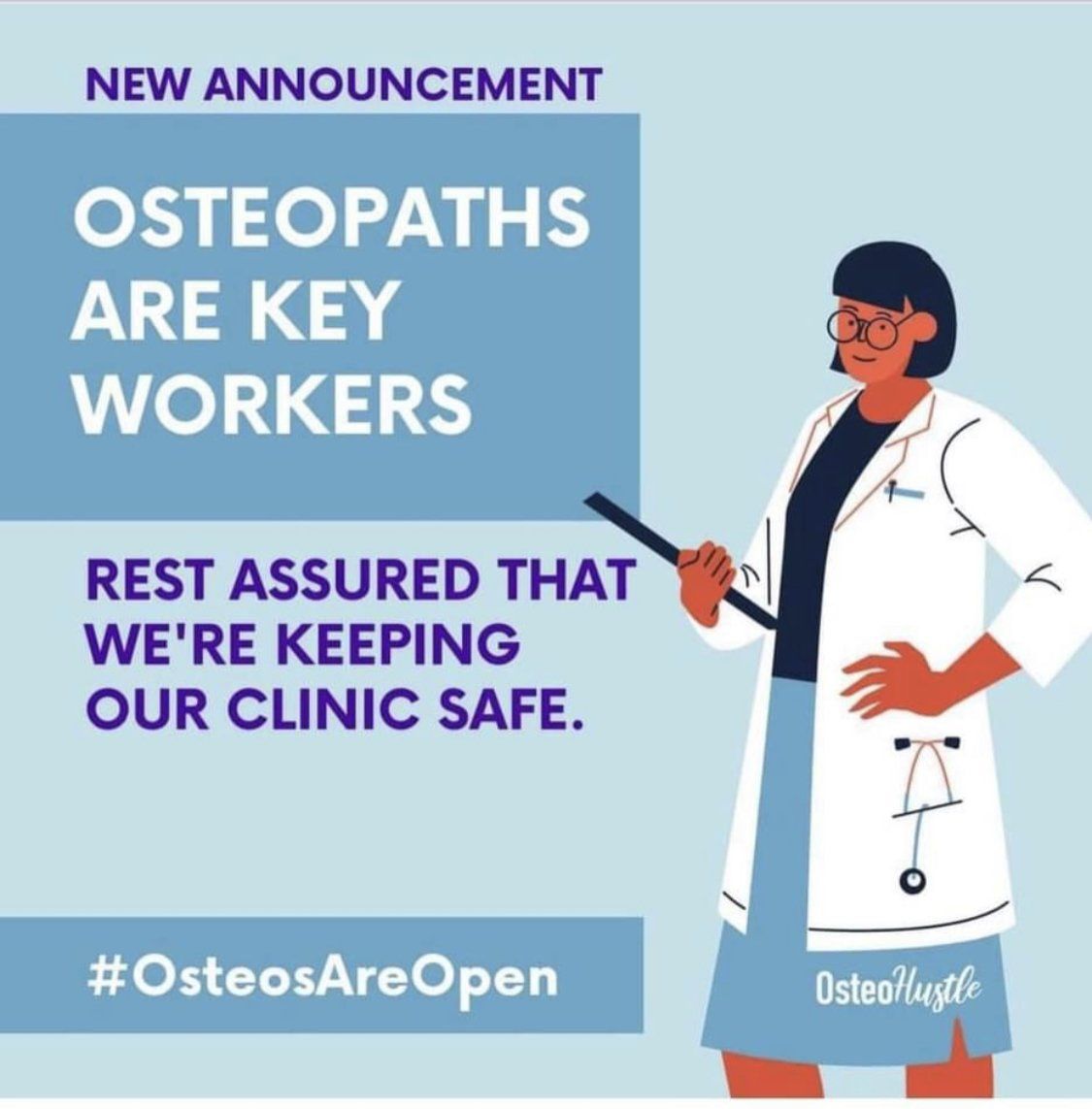To rest or not to rest...
- By Gareth Davies
- •
- 15 Oct, 2019
- •

Rest or no Rest….
By Huw Roberts. Extended Scope Physiotherapist
One of the commonest complaints we see in Swansea health Solutions is
pain due to a sports or training injury. Whether you are training for
Ironman, have just started on a couch to 5k challenge or are just
looking to increase your step-count on your Fitbit, soreness as a result
of training is something you are likely to experience. The critical
thing is knowing whether you are safe to keep training or whether rest
is best.
Rest is, in fact, rarely the best thing.
Neither, however, is continuing to plough through your training plan regardless.
The most common training injuries we see are tendon problems. These usually present themselves at the knee, hip, ankle or shoulder. Our tendons are the structures that link the ends of our muscles to our bones. They are firm but elastic structures which are integral to transferring the forces from our muscles to bones so that movement can occur at a joint.
Tendons can give rise to pain for several different physiological reasons. These can include tendon ‘reactivity’ which is a transient inflammation or tendinosis which is due to an overall disorganisation of the tendon tissue. However, whatever the underlying mechanism, tendon pain is almost always as a result of subjecting the tendon to a load which your body cannot withstand.
When we discuss a ‘load’, we are referring to an activity of some
kind like running, cycling, weight lifting etc.
If your tendon’s capacity to withstand the load is lower than load placed upon it,
the tendon will react by becoming painful.
To give an example, let’s pretend you’ve never run for anything other than to catch the bus before. One day, you decide to run a marathon with no training. The next day, you would be incredibly sore. This is because your body has not been primed to perform this activity; your capacity to run would be lower than that of a marathon. It would be the tendons which would be the sorest structures.
Avoiding this soreness, in reality, is all about a structured, gradually increasing training plan. It can take a long while to lay the strong foundations needed for intense physical activity and this is often where our patients get it wrong.
An increase in training intensity, frequency or duration can easily lead to tendon pain. It may be as much as 3 or 4 weeks after the increase in the training load that the pain starts to make itself apparent too so unpicking the moment where things started to go wrong is a key part of your initial assessment with a therapist.
Some other factors can have an affect too such as a change to training surface (e.g. running on sand instead of your usual concrete), a change in footwear (those flashy new trainers!) or recovery times (not resting for appropriate periods between training sessions) can all also affect your tendons.
There are plenty of things which your therapist can do to help with tendon pain but the solution lies with these three points:
Rest is, in fact, rarely the best thing.
Neither, however, is continuing to plough through your training plan regardless.
The most common training injuries we see are tendon problems. These usually present themselves at the knee, hip, ankle or shoulder. Our tendons are the structures that link the ends of our muscles to our bones. They are firm but elastic structures which are integral to transferring the forces from our muscles to bones so that movement can occur at a joint.
Tendons can give rise to pain for several different physiological reasons. These can include tendon ‘reactivity’ which is a transient inflammation or tendinosis which is due to an overall disorganisation of the tendon tissue. However, whatever the underlying mechanism, tendon pain is almost always as a result of subjecting the tendon to a load which your body cannot withstand.
When we discuss a ‘load’, we are referring to an activity of some
kind like running, cycling, weight lifting etc.
If your tendon’s capacity to withstand the load is lower than load placed upon it,
the tendon will react by becoming painful.
To give an example, let’s pretend you’ve never run for anything other than to catch the bus before. One day, you decide to run a marathon with no training. The next day, you would be incredibly sore. This is because your body has not been primed to perform this activity; your capacity to run would be lower than that of a marathon. It would be the tendons which would be the sorest structures.
Avoiding this soreness, in reality, is all about a structured, gradually increasing training plan. It can take a long while to lay the strong foundations needed for intense physical activity and this is often where our patients get it wrong.
An increase in training intensity, frequency or duration can easily lead to tendon pain. It may be as much as 3 or 4 weeks after the increase in the training load that the pain starts to make itself apparent too so unpicking the moment where things started to go wrong is a key part of your initial assessment with a therapist.
Some other factors can have an affect too such as a change to training surface (e.g. running on sand instead of your usual concrete), a change in footwear (those flashy new trainers!) or recovery times (not resting for appropriate periods between training sessions) can all also affect your tendons.
There are plenty of things which your therapist can do to help with tendon pain but the solution lies with these three points:
- A discussion to address the likely causes of pain.
- A (temporary) modification of your training load.
- A strength and conditioning retraining routine to improve your capacity to perform your training program.
A good therapist will be able to help with all of these things and keep you training at your best permanently.

As of the 8th January 2024 we've taken the difficult decision to increase our treatment fees.
The last two years have seen a dramatic increase in operation costs, and while we endeavour to remain as accessible as possible we are a small, community business.
For more information on the prices please head to the 'PRICES' page on our website or click the link https://www.swanseahealthsolutions.co.uk/prices
Many thanks
Gareth & Team SHS
The last two years have seen a dramatic increase in operation costs, and while we endeavour to remain as accessible as possible we are a small, community business.
For more information on the prices please head to the 'PRICES' page on our website or click the link https://www.swanseahealthsolutions.co.uk/prices
Many thanks
Gareth & Team SHS

|
OPENING HOURS Wednesday 23rd December – 10.00am-18.00pm |
| Thursday 24th December – 10.00am-14.00pm |
Merry Christmas & a Happy New Year from us all at Swansea Health Solutions

We are pleased to say that in accordance with Government guidelines we are open as usual during the Welsh 'Firebreak' lockdown.
As our team are physiotherapists and Osteopaths we are considered as key workers, this will hopefully reduce the pressure on the NHS and help those who need our care.
We will continue with our risk assessment and full PPE measurements will remain in place.
For more information on the lockdown please visit https://gov.wales/coronavirus
As our team are physiotherapists and Osteopaths we are considered as key workers, this will hopefully reduce the pressure on the NHS and help those who need our care.
We will continue with our risk assessment and full PPE measurements will remain in place.
For more information on the lockdown please visit https://gov.wales/coronavirus

